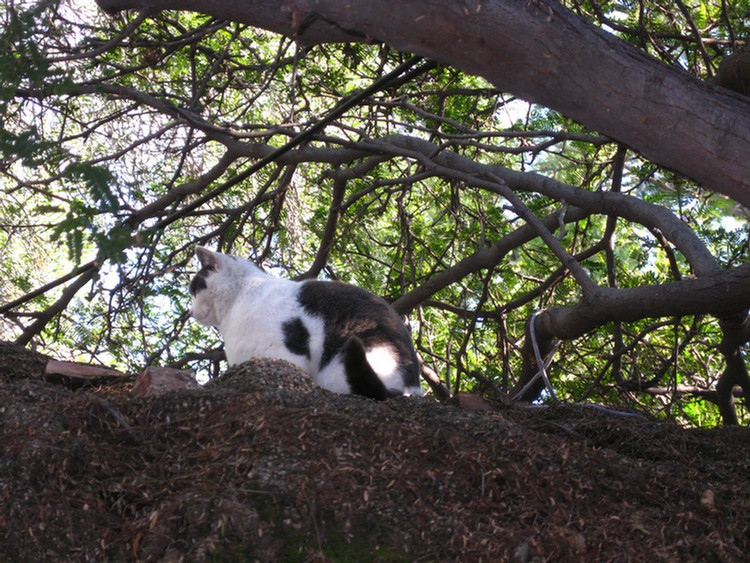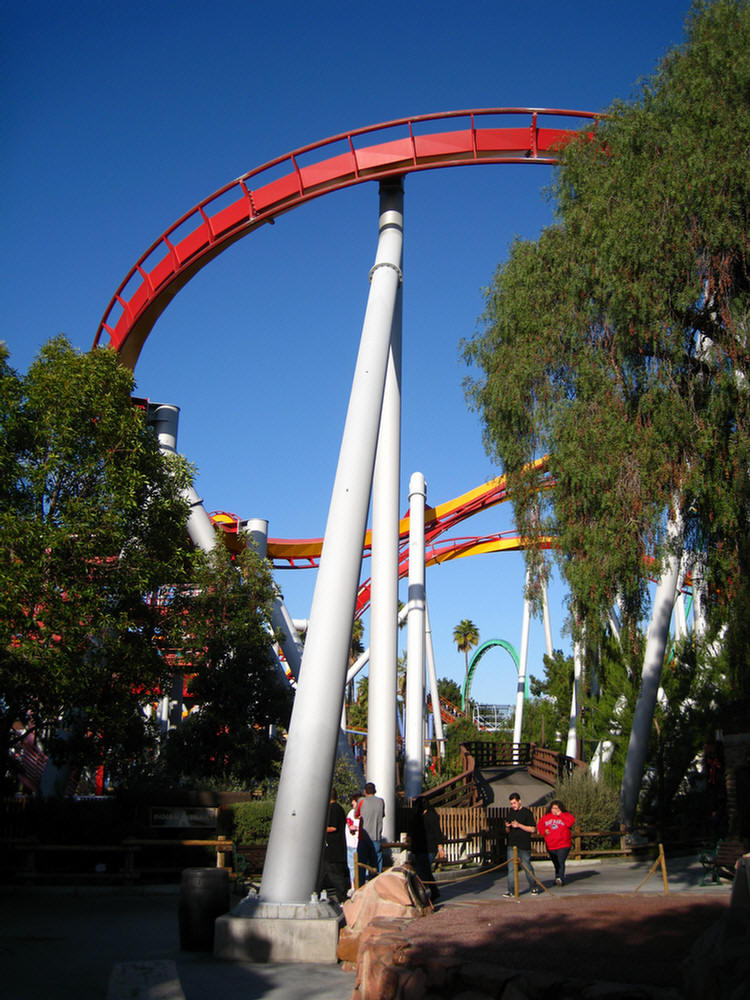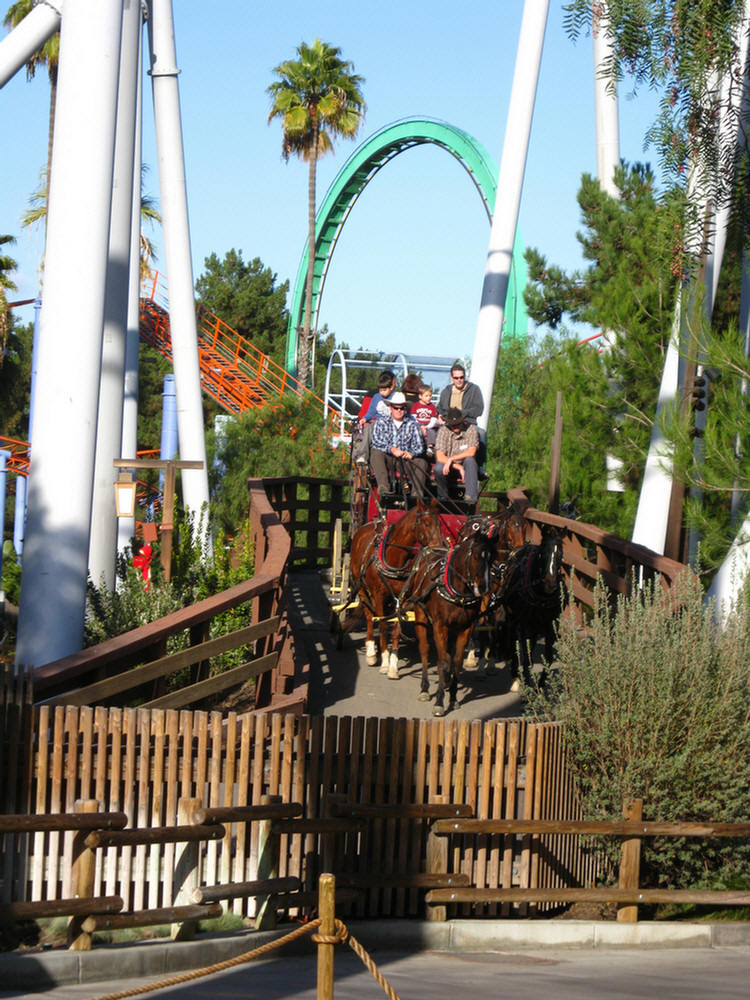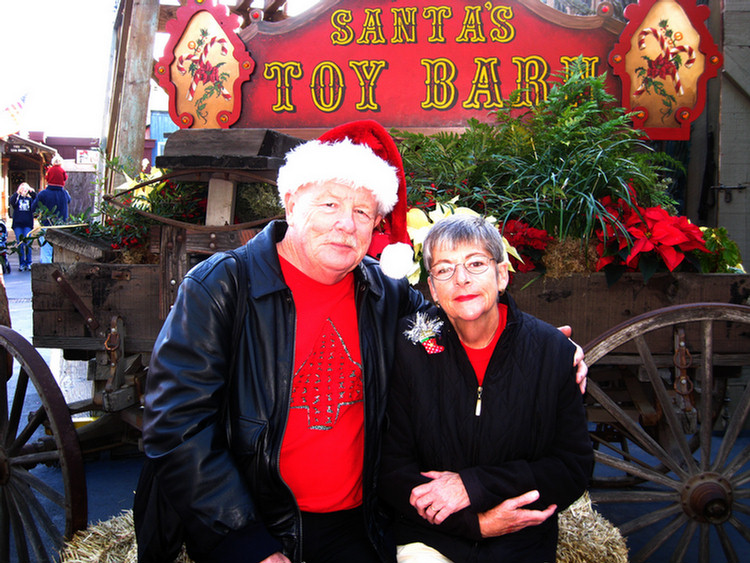Knott's Berry Farm Christmas Visit
We went to the craft's fair at Knott's and had a load of fun revisiting our memories.
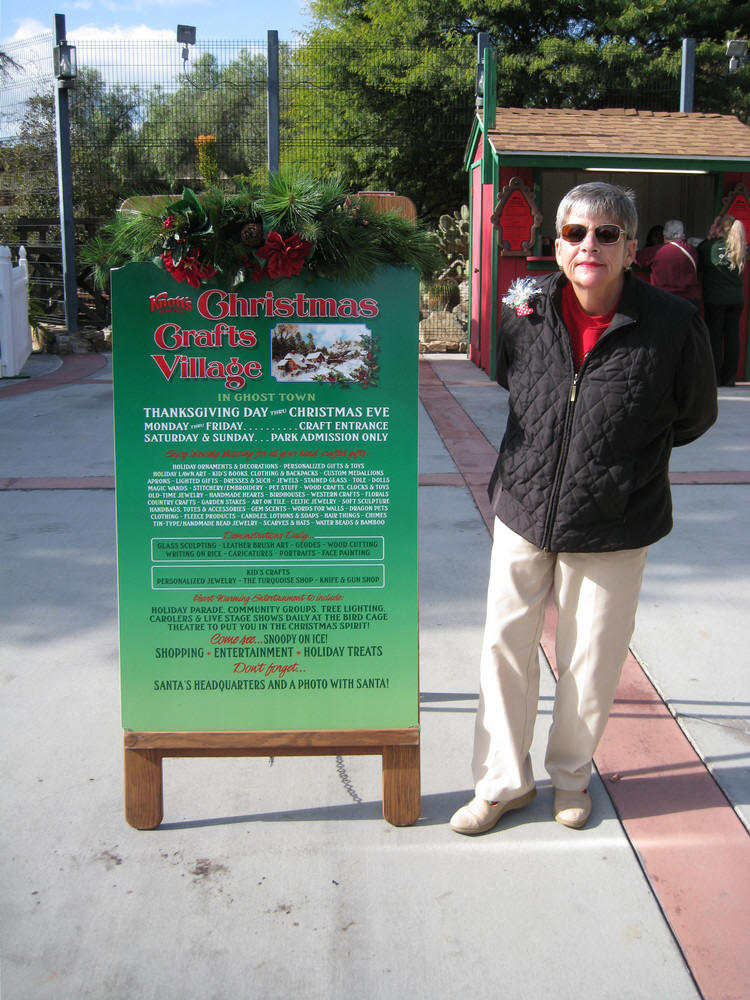
Lots of neat things to look at and buy...
Did you know? - Knott's Berry Farm is the brand name of two separate entities: a theme park in Buena Park, California, and a manufacturer of food specialty products (primarily jams and preserves) based in Placentia, California. The theme park is owned and operated by Cedar Fair Entertainment Company, and the food specialty business is part of The J. M. Smucker Company.
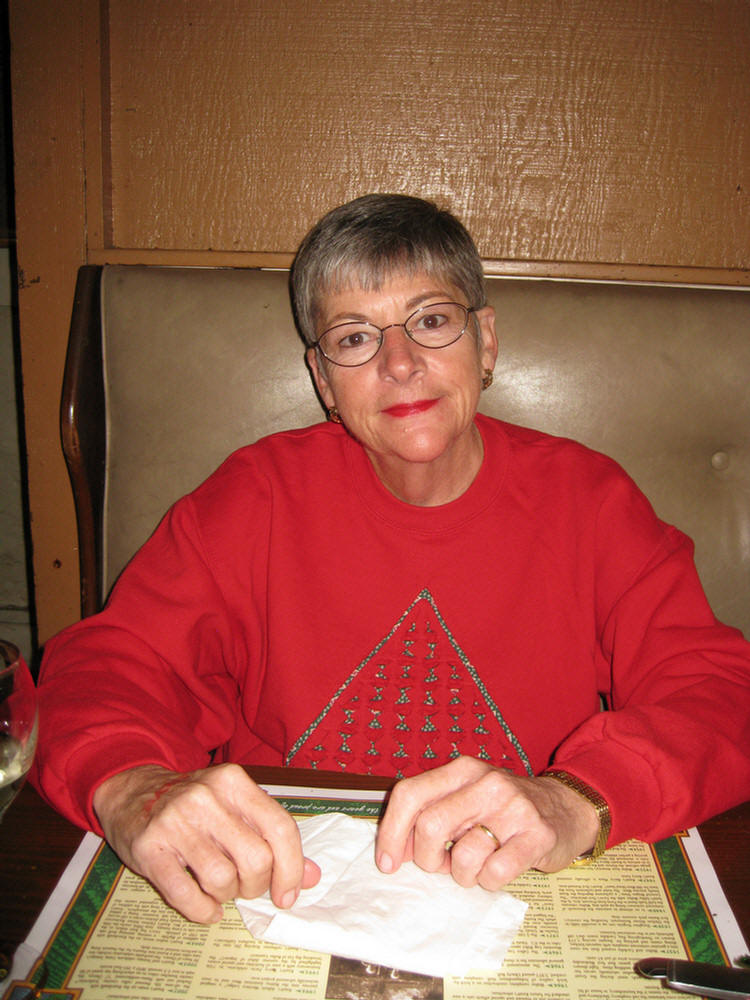
Tim for lunch and a glass of wine
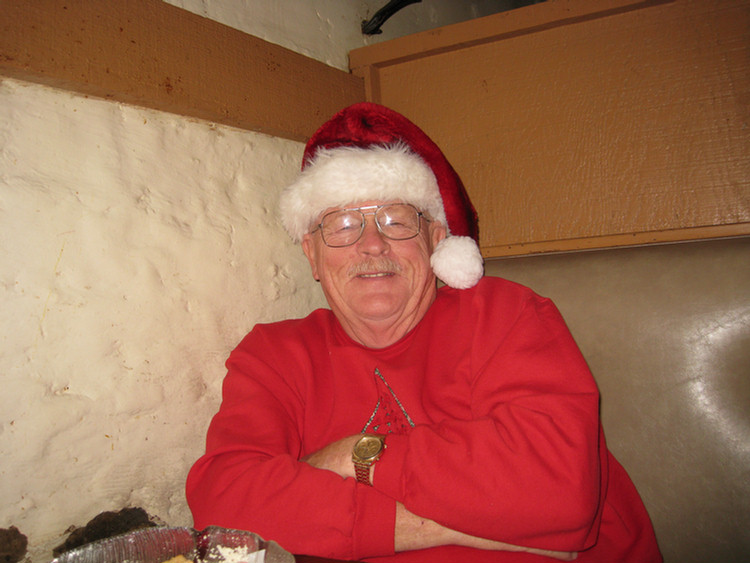
Old smiley


We were ready for the cold

Santa was happy to see everybody

Did you know? - Ghost Town is the oldest part of the Knott's amusement park, and includes most of the buildings Walter brought to the property in the 1940s and 1950s.
This themed area includes attractions such as the narrow gauge Ghost Town & Calico Railway (using much historic equipment from Colorado narrow-gauge lines including C-19 engines 340 from the Denver & Rio Grande and 41 from the Rio Grande & Southern). The Butterfield Stagecoach ride includes 3 original Butterfield coaches, 1 Halloday coach, 1 Overland Southern coach and the Knotts Berry Farm coach that was built for the farm in 1954. Also there is a Pan-for-Gold attraction, the Calico Mine Ride dark ride, Timber Mountain Log Ride, Calico Saloon Show and The Wild West Stunt Show.

The Bird Cage Theater
Did you know? - Ghost Town itself has a place in history aside from the buildings brought here. The Bird Cage Theatre melodrama theater (currently only used during Halloween Haunt and the Christmas season) has launched many acting careers, including that of Steve Martin. The Calico stage is a venue that has hosted acts ranging from elementary school singers & dancers to the melon smashing Gallagher.
The Ghost Town section is based upon the real ghost town of Calico, California near Barstow, and other ghost towns in the Western United States. Walter Knott purchased the Calico ghost town in 1951 and restored it. In 1966 he donated the town to San Bernardino County, which made it a regional park.
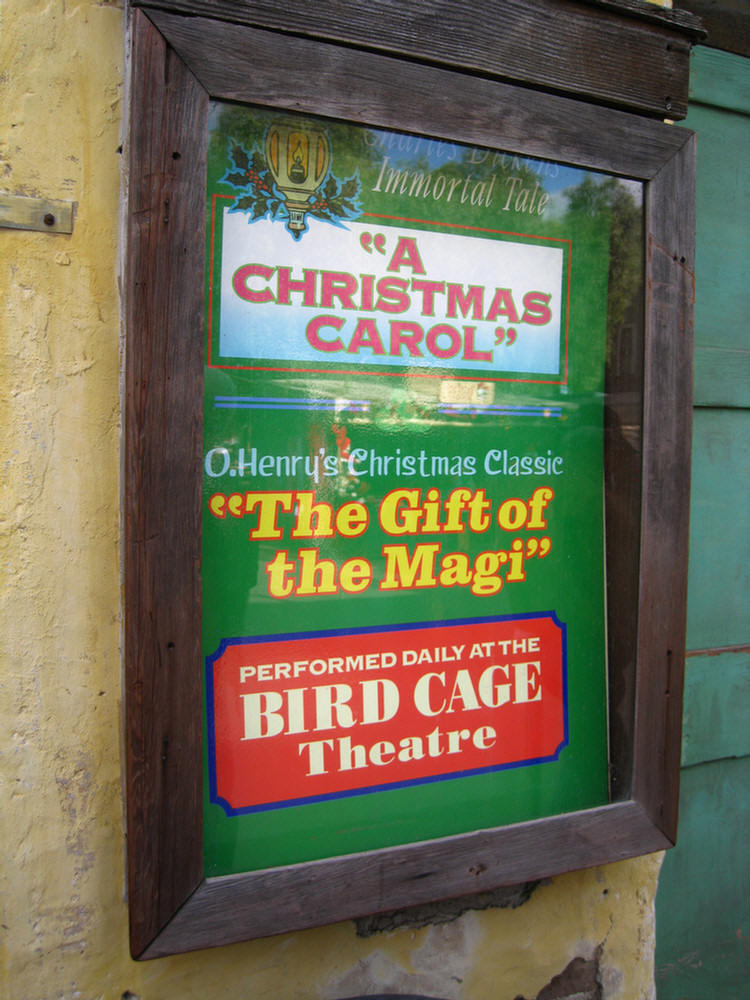
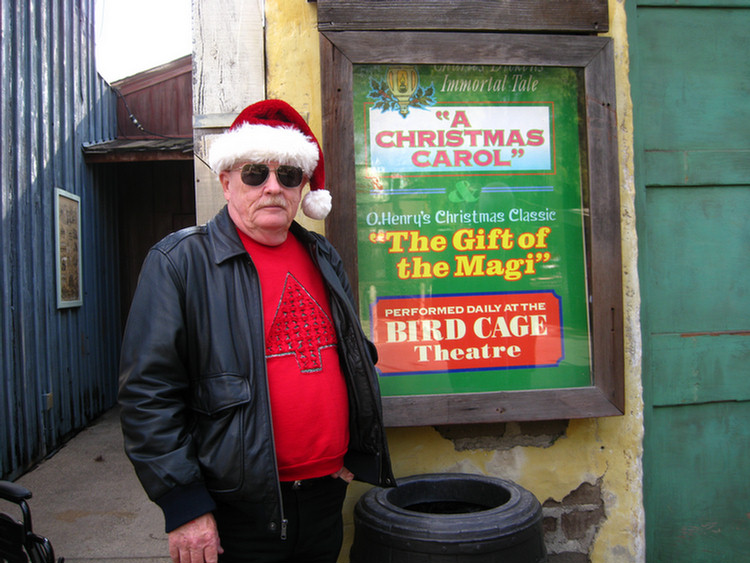
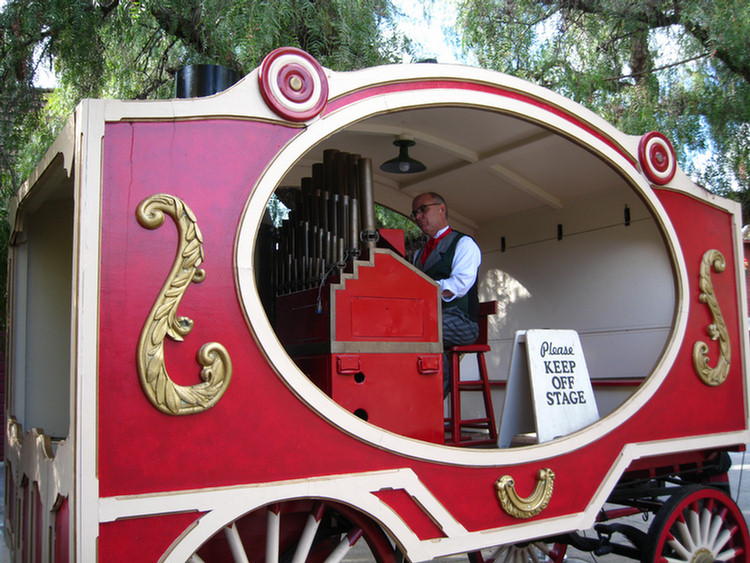
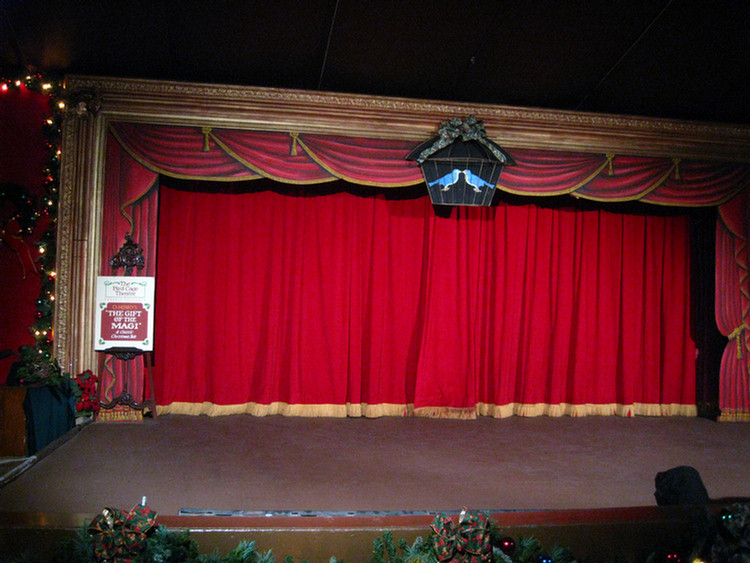
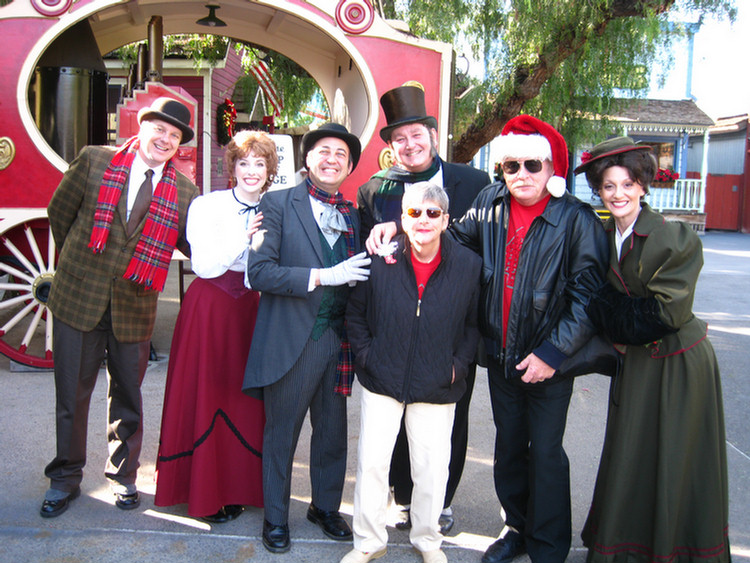

Fun Everywhere
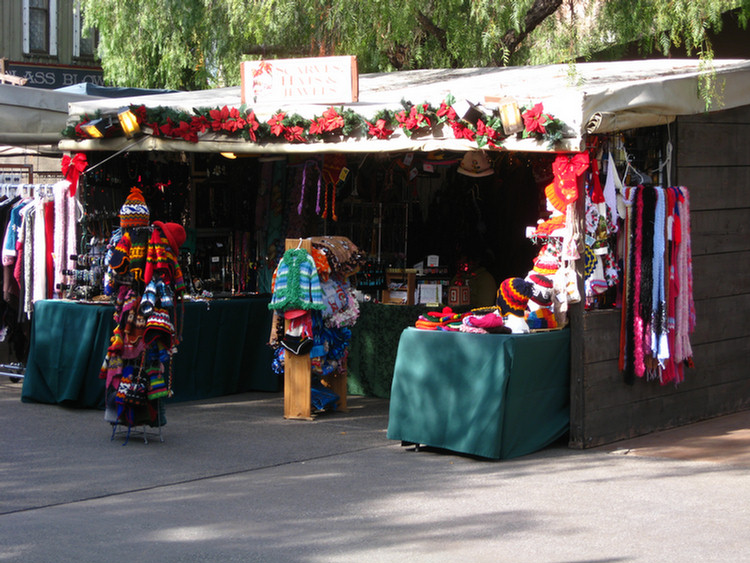

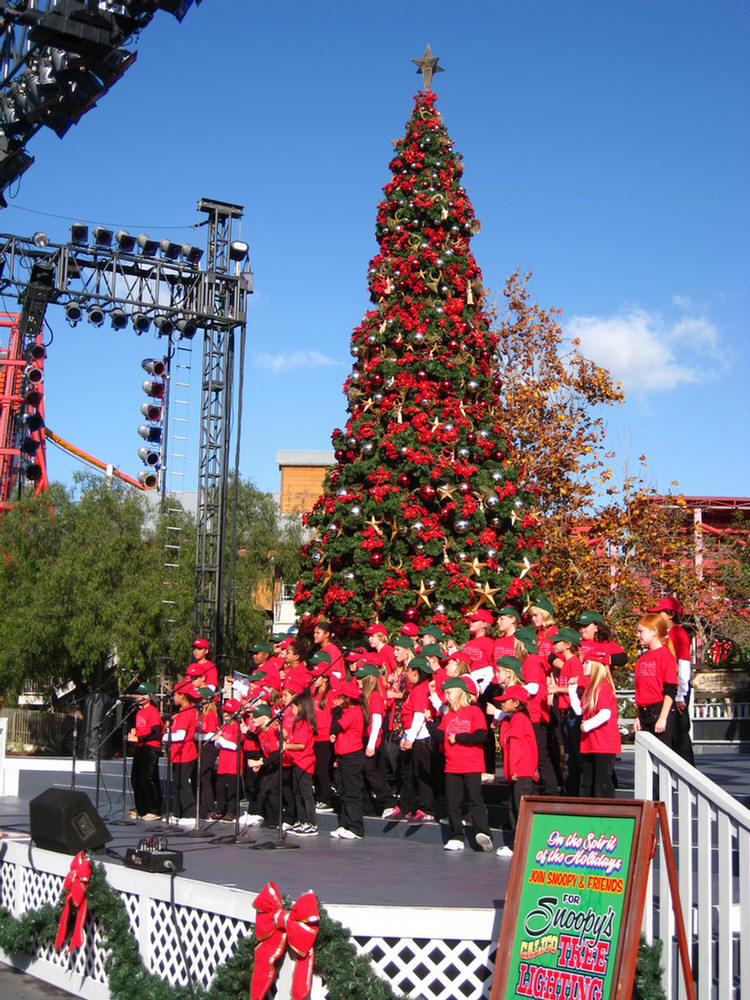

Did you know? - The Rio Grande Southern Railroad (RGS) was a narrow gauge railroad which ran from Durango to Ridgway in the western part of the US state of Colorado. Its right of way can be traced by going west from Durango to Mancos on Rte 160, then to Dolores via Rte 184, north across Lizard Head Pass (10,222') to Placerville using Rte 145, with the final leg Rte 62 to Ridgway.
The RGS was founded in 1889 by Otto Mears, and construction began in 1890 from Ridgway (north of Ouray) and Durango (south of Silverton) to go around the most rugged part of the San Juan Mountains and also reach the mining towns of Rico and Telluride. The line was completed only a little time before the Silver Panic of 1893 which resulted in most of the mines closing overnight and the railroad losing most of its traffic. The railroad struggled to survive against all odds through the Great Depression but was finally closed in 1951.
As the Rio Grande Southern was never a wealthy railroad, its locomotives were all second or more hand, mostly from the Denver and Rio Grande/Denver and Rio Grande Western, which owned the RGS for most of its history. Most of the locomotives that came to the road were old and worn out, some even being pulled off the scrap line and pressed into RGS service. The road only had one car built new for itself. In later years, most of its freight cars were retired cars from the abandoned Colorado and Southern narrow gauge system.
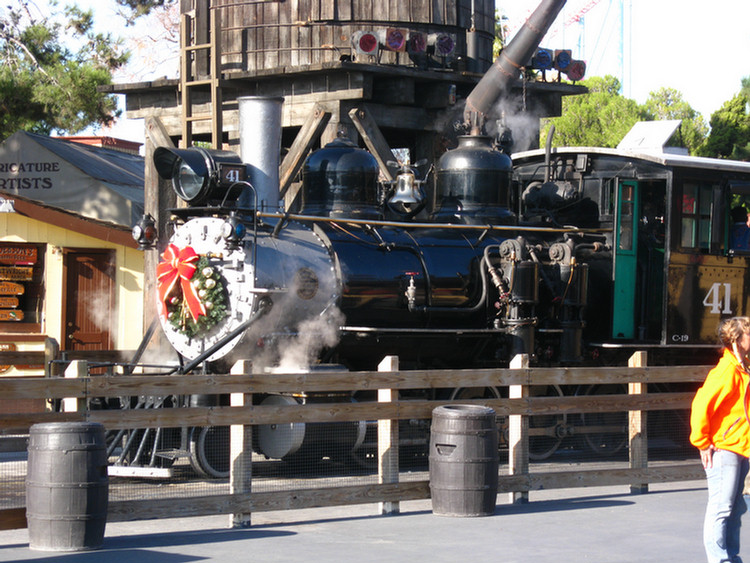
Did you know? - Unlike many other theme park railroads, the locomotives and most of the other equipment of the Ghost Town & Calico has been restored to its original paint schemes and appearance on Colorado's Rio Grande Southern Railroad and Denver and Rio Grande Western Railroad. Also unlike most theme park railroads, it travels in a circle and riders get off at the same place they got on.
Walter Knott brought the equipment to Buena Park in 1952 and completed it the following year. The roster includes two Class C-19 Consolidation (2-8-0) locomotives, both originally constructed for the Denver & Rio Grande in 1881. When retired from service in Colorado, they were D&RGW #340 and RGS #41. Knott also purchased one of the famed "Galloping Goose" railtrucks used on the narrow-gauge lines of Colorado in the 1920s and 1930s for passengers and mail when patronage did not justify an entire train. The Goose #3 continues to work at the GT&C on quieter days during the off-season.
Also rostered several coaches (mostly closed-vestibule), the parlor cars "Chama" and "Durango", a bobber caboose, and the business car B-20 "Edna", used by the President of the Rio Grande Southern.
A ride on the GT&C features a trip around Ghost Town and Boardwalk areas of Knotts, punctuated by a holdup by masked robbers, who have been known to announce their intentions by shouting, "This is a tax audit!" or similar tongue-in-cheek comments.

Time For A Drink!!!
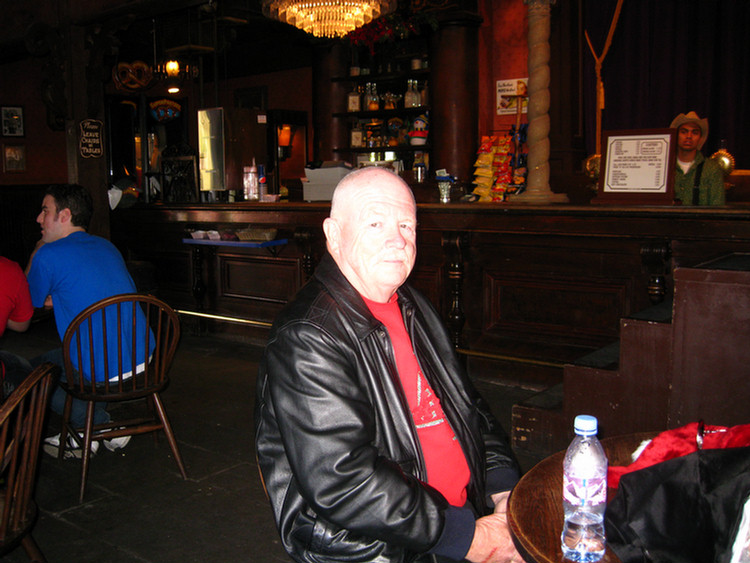


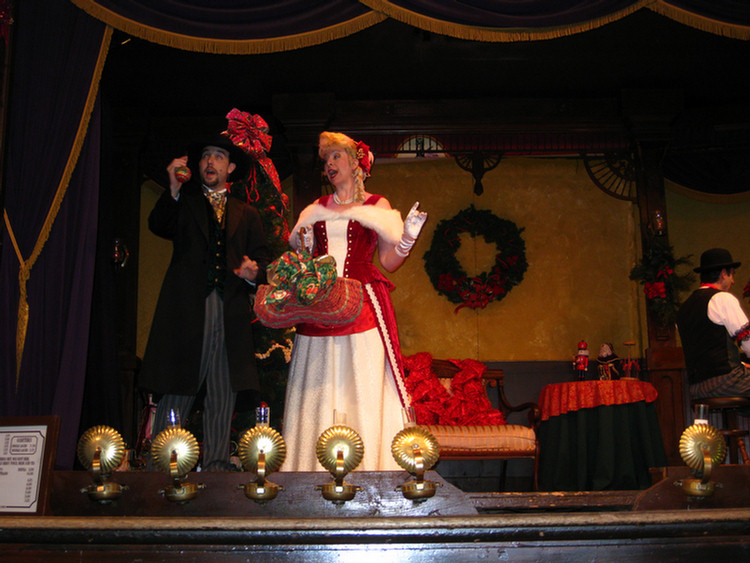



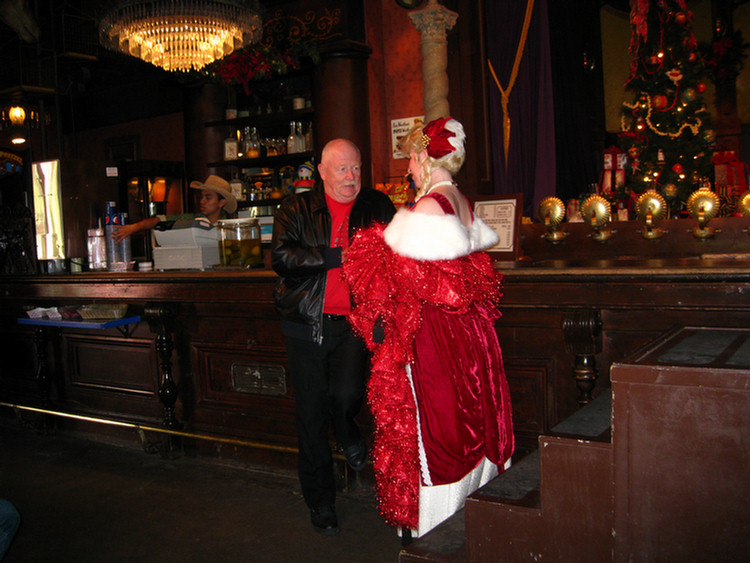

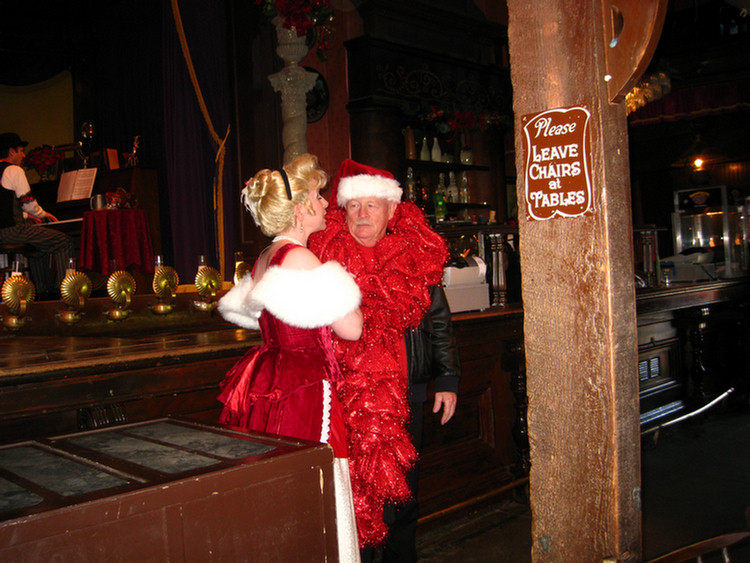

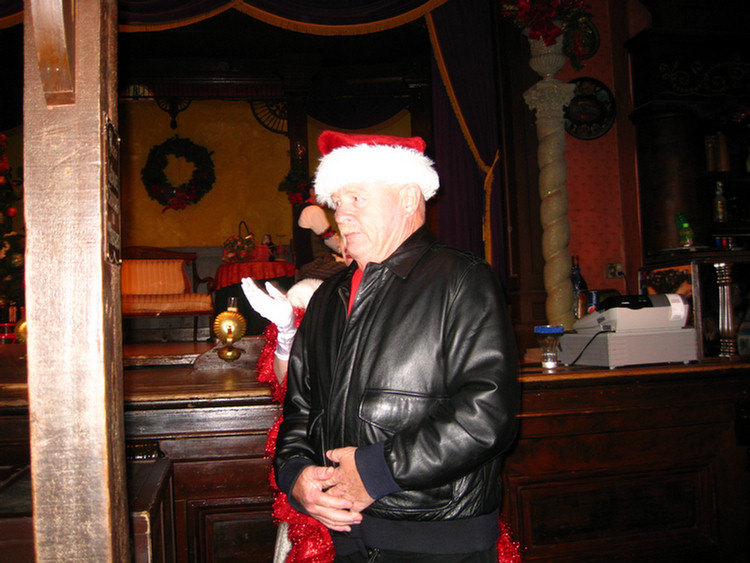


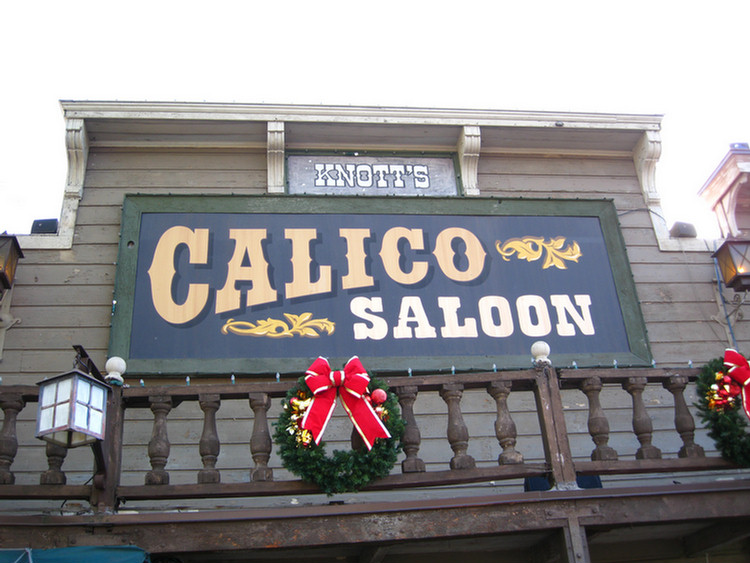



Did you know? - The use of empty vessels in construction dates back at least to ancient Rome, where many structures used empty amphorae embedded in concrete. This was not done for aesthetic reasons, but to lighten the load of upper levels of structures, and also to reduce concrete usage. This technique was used for example in the Circus of Maxentius.
It is believed that the first bottle house was constructed in 1902 by William F. Peck in Tonopah, Nevada. The house was built using 10,000 bottles of beer from Jhostetter's Stomach Bitters which were 90% alcohol and 10% opium. The Peck house was demolished in the early 1980s Knott's Berry Farm in Buena Park, California, has a bottle house, made from over 3,000 whiskey bottles, that it uses as an "Indian Trader" store today. The house is a remake of the Rhyolite Bottle House replicated from photos taken by Walter Knott in the early 1950s.
